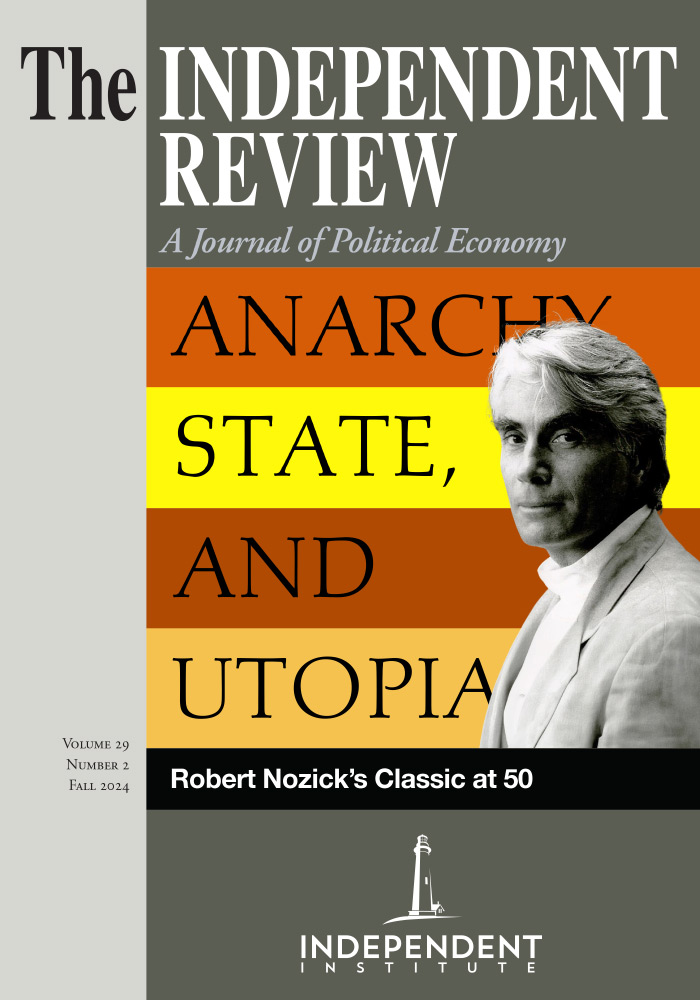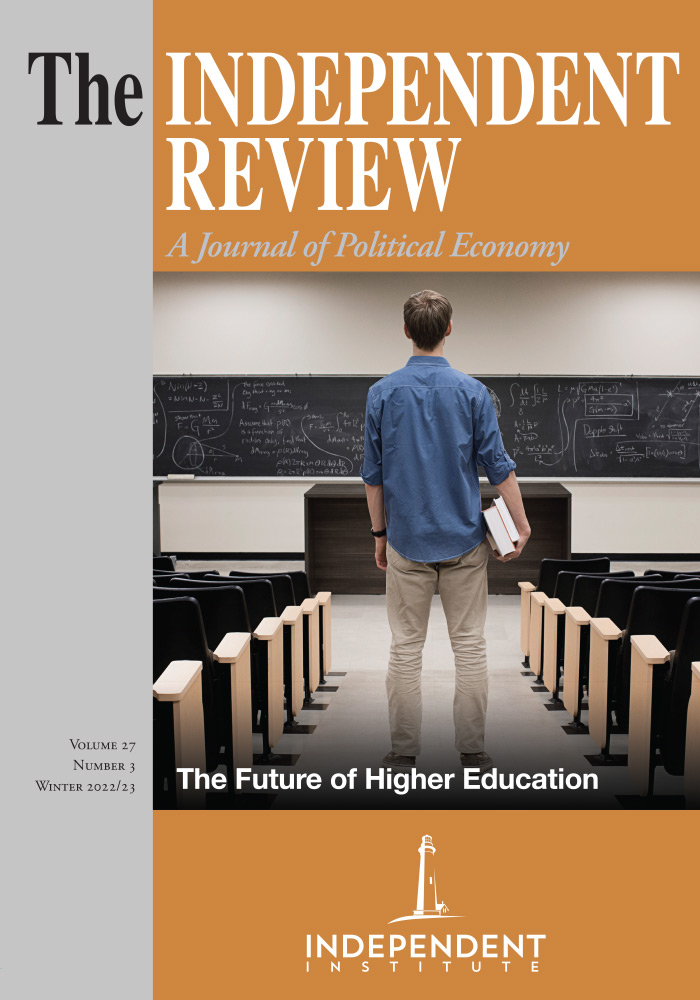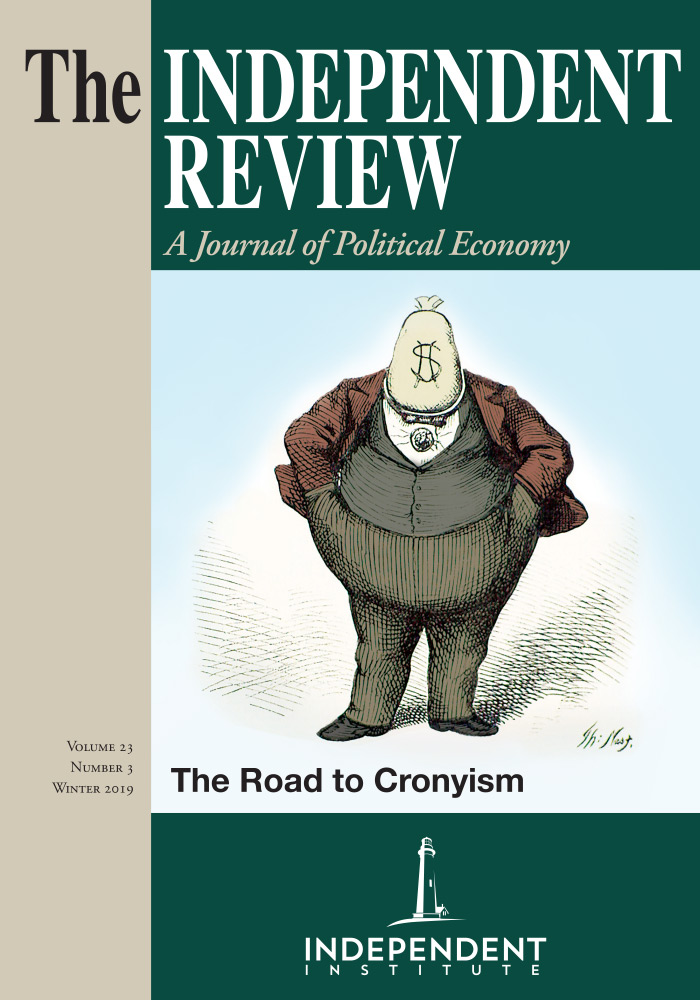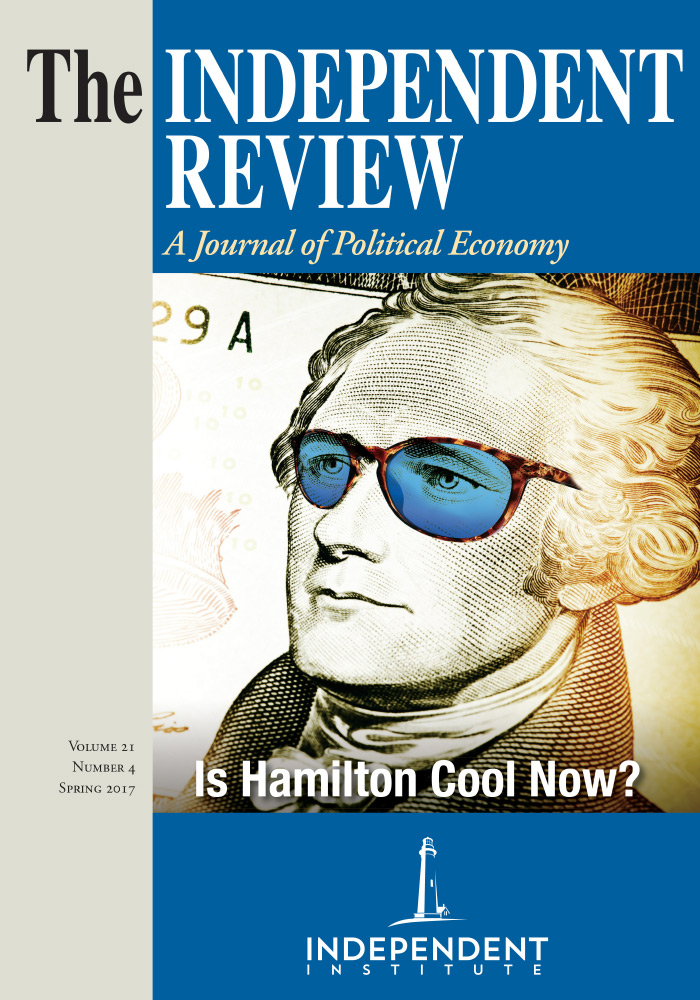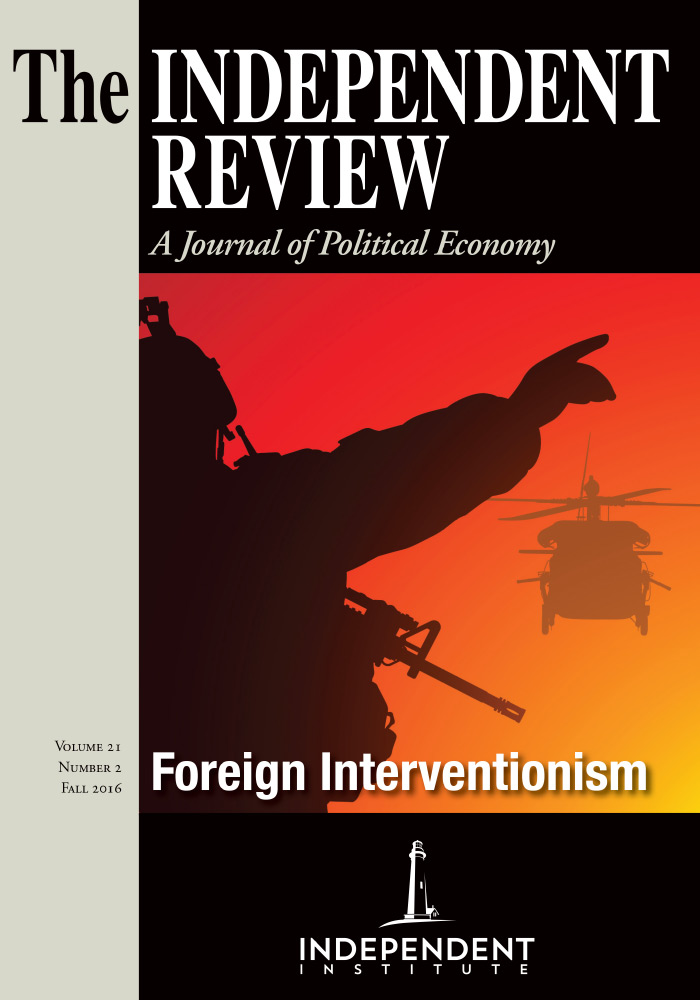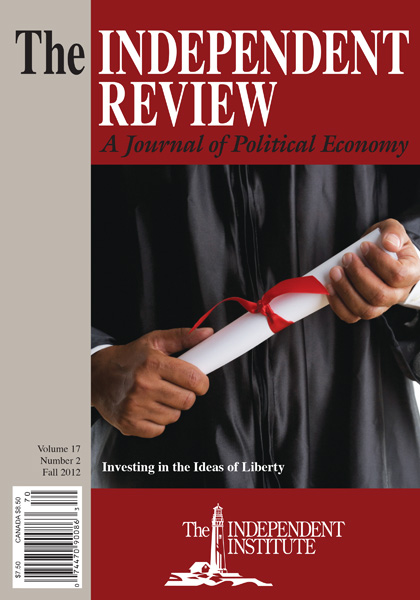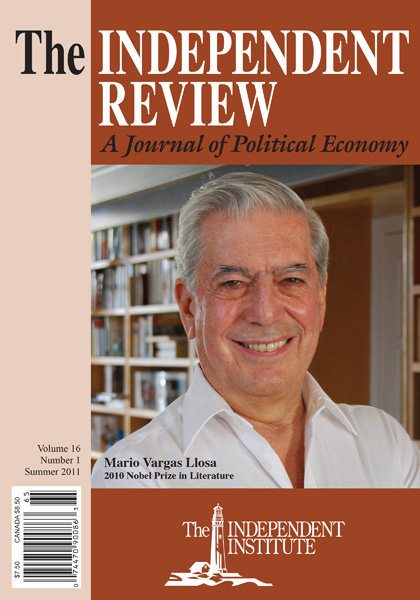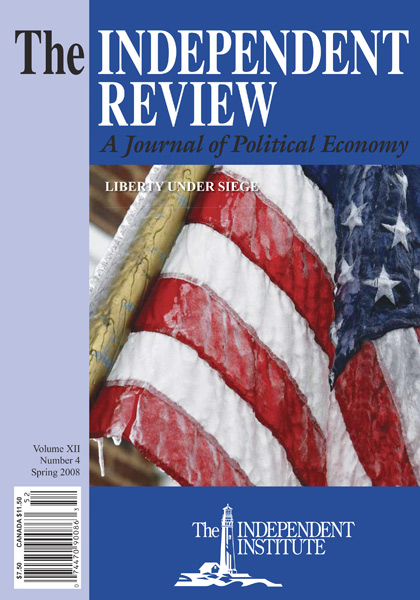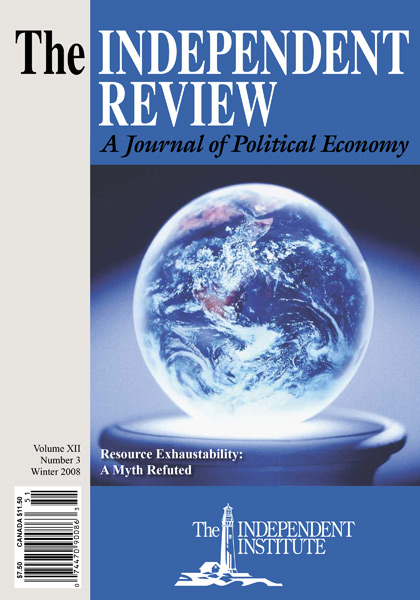I would like to make some brief comments on the excellent paper by William Beaver, “The Demise of Yucca Mountain,” The Independent Review 14 (spring 2010): 535–47.
My qualifications for writing this letter are that I wrote extensively on environmental economics in the 1960s and 1970s and that I was a member of the first Department of Energy committee to investigate Yucca Mountain during the 1970s. We met in Las Vegas and traveled to Yucca.
Economists are trained to evaluate issues in terms of opportunity costs. The beginning of wisdom about nuclear waste is the observation that nothing else that people deal with has the potential to kill human beings for 10,000 years. Nothing we can do about nuclear waste can be without risk over such a horizon.
As Beaver points out, reprocessing can reduce high-level nuclear wastes by 95 percent. If the French can reprocess wastes successfully, as they have for many years, we certainly can. The realistic options for placement of the remaining waste are above-ground storage, which is the current policy, and storage under Yucca Mountain. Every other option has been studied and found wanting.
Above-ground storage is cheap and safe, with one major qualification. Storage containers must be replaced periodically, but such replacement is cheap and safe. The major risk is that containers might be breached by terrorists or acts of war, possibly killing most Americans and many other people.
Yucca is probably safe from such violence. Containers might be breached by natural events, but careful storage enables repairs and replacement. A major issue regarding Yucca is the transportation of wastes from where they are generated to Yucca. This transportation is inherently dangerous, being at risk of vehicular accidents and sabotage.
Finally, Yucca is finite. It is a relatively small hill. Without reprocessing, the space there will fill quickly. When it is full, an alternative site will be needed, and others will be needed periodically afterward.
| Other Independent Review articles by Edwin S. Mills | |
| Spring 2009 | Urban Land-Use Controls and the Subprime Mortgage Crisis |
| Fall 2007 | The Attrition of Urban Real-Property Rights |




